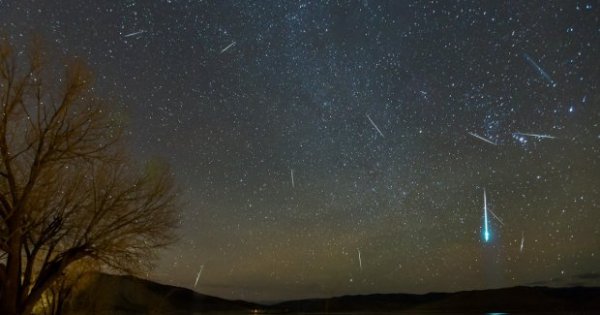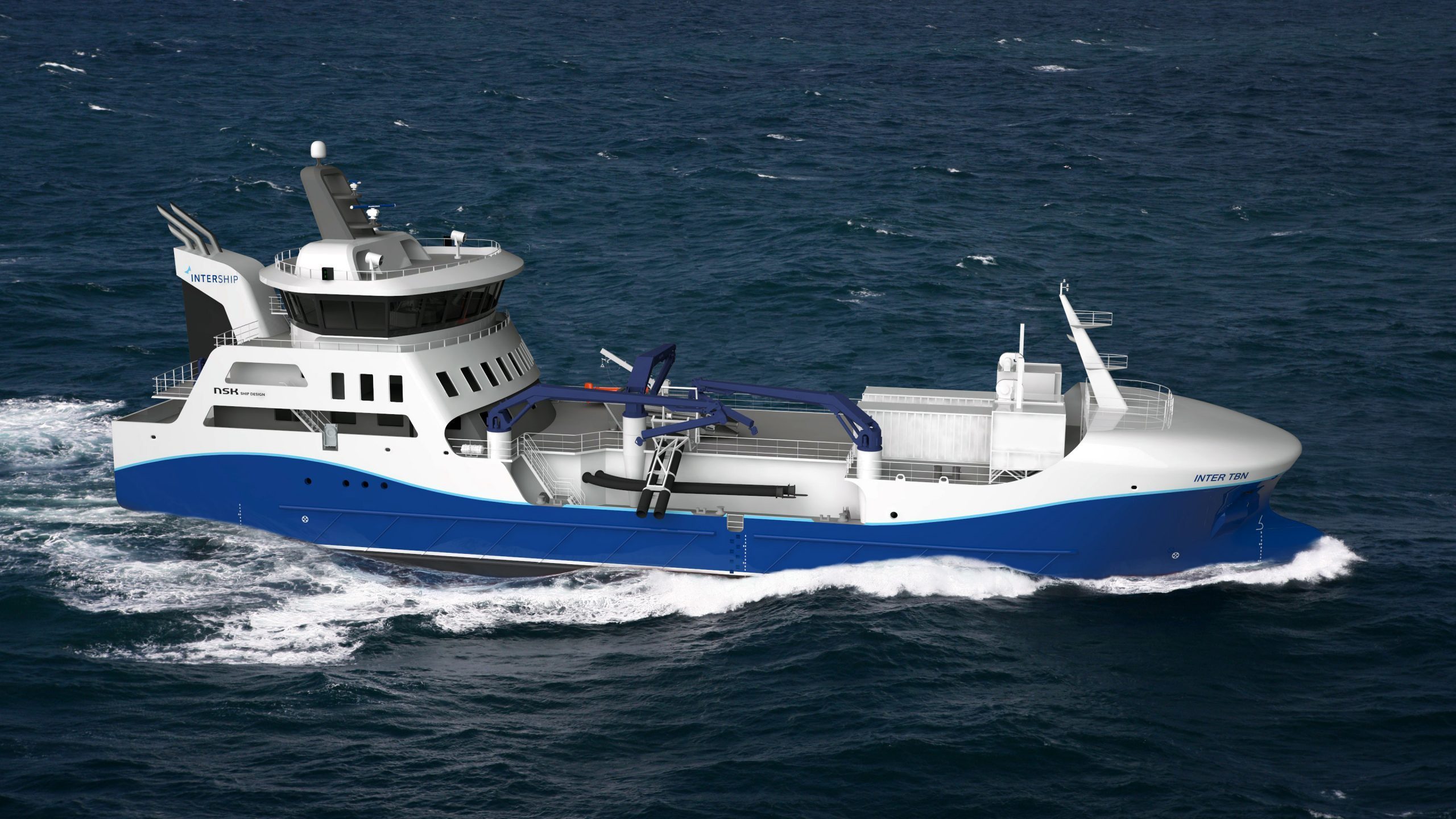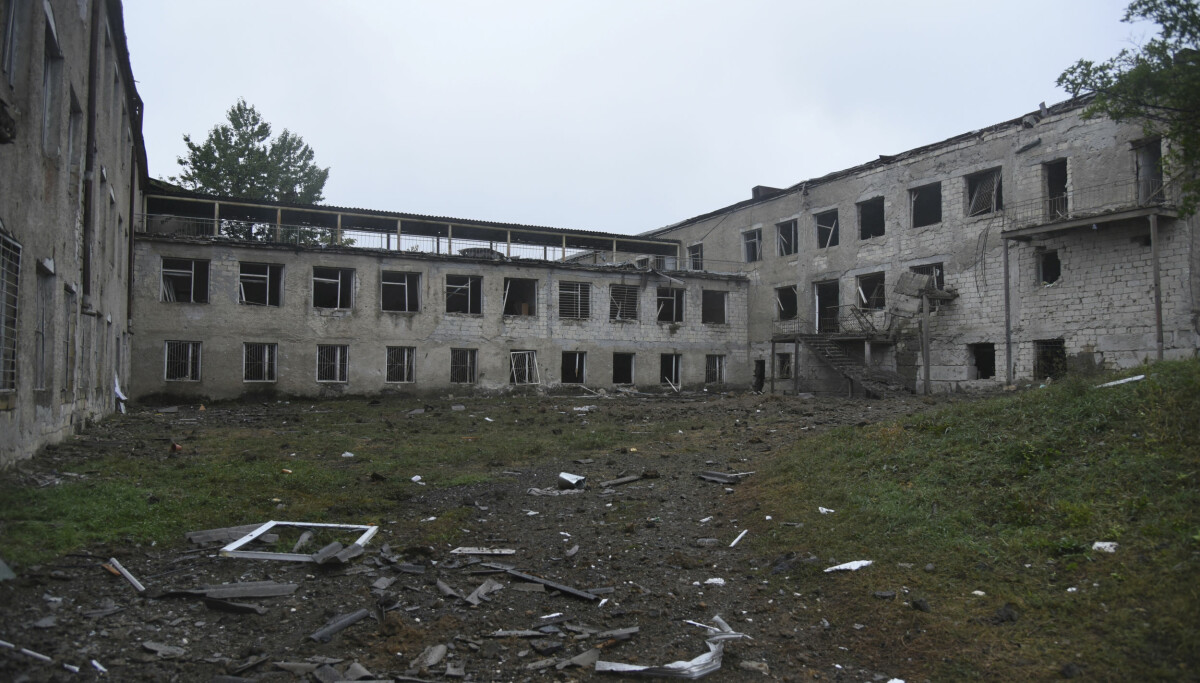Space consists of various interesting objects to study, one of which is meteors. Meteor is a celestial body that glides through outer space, enters the atmosphere and ignites due to air friction, generally burns out before reaching the earth’s surface, and if there are still remnants of the object it falls as a meteorite.
Meteors are meteoroids that rub against the Earth’s atmosphere. Meteors are known as shooting stars. Meteors can fall to earth because they are attracted by the earth’s gravity. When entering the Earth’s atmosphere, the meteor will heat up and before burning up will look like a trail like a shiny tail. Meteors are composed of rock and chunks of metal such as iron and nickel.
Meteor Type
Launching National Geographic, meteors are classified based on their size, brightness, and proximity to Earth. The types of meteors are described as follows.
1. Shepherd the land
Earth watcher is a meteor that streaks near the horizon and is known for its long, colorful tail. A number of earth watcher bounce off Earth’s upper atmosphere and re-enter space. Earth watcher others broke apart in the atmosphere and streaked across the sky as shooting stars.
Meteor earth watcher the most famous is the “1972 Great Daylight Fireball” which entered the atmosphere over the US state of Utah and shot through the sky at 15 kilometers per second and then emerged from the atmosphere over the Canadian province of Alberta.
2. Fireball
fire ball are larger meteors ranging in size from basketballs to small cars. Meteor fire ball has a brighter light and lasts longer than earth watcher.
The International Astronomical Union describes fire ball as “a meteor brighter than any other planet.” Fire ball is the most common type of meteor.
3. Car
Bolide is a type of meteor that is brighter and more massive than fire ball and often explode in the atmosphere. These explosions can be heard and even felt on the earth’s surface. Some astronomers classify car racing as a fireball that produces a sonic boom as it shoots through the atmosphere.
Type fire ball which is known as super car shines so brightly and creates a huge explosion that is dangerous to nature and humans. Meteor super car that passed over Chelyabinsk, Russia in 2013 exploded with an energy of about 500 kilotons of TNT. The shockwave shattered windows in thousands of apartment buildings and injured more than 1,200 people with injuries.
The Chelyabinsk meteor is very bright, shining 30 times brighter than the sun at its hottest, causing burns to the skin and retina. Scientists continue to study the Chelyabinsk event to better understand how vulnerable human life is to collisions with extraterrestrial objects and to develop technologies to protect Earth from such collisions.
Meteor Rain
quote Quarks – Glitter Meteor ShowerMeteor showers are events where meteors enter the atmosphere in large numbers. The number can reach 100 meteors every hour. Meteor showers are named after the constellation in which the meteors appear to originate. For example, the Orionids Meteor Shower, which occurs in October every year, originates near the constellation Orion the Hunter.
According to NASA, about 30 meteor showers occur each year and are visible to observers on Earth. Some of these meteor showers are more than 100 years old. quote astronomy.comMeteor observations began in 1833, when a meteor shower of 60,000 meteors per hour shocked the world.
In the 1860s, astronomers concluded that meteor showers occur every year. Meteor showers occur when Earth passes closest to a comet’s orbit. Most visible meteors are fine particles no bigger than a grain of sand.
When a particle enters the Earth’s atmosphere, they collide with gas atoms and molecules. Particles glow in a luminous sheath of hot air and material that evaporates from their own surface.
Meteors become visible at an altitude of 80 and 120 kilometers. Faster particles usually shine at higher altitudes. The ideal time to see the meteor shower is at its peak in the early morning.
Launching National Geographic, the brightest meteor shower in recorded history was the Leonid meteor shower which occurred on November 12-13, 1833. At that time, tens of thousands of meteors lit up the sky for four hours.
Types of Meteorites
Meteorites are meteors that fall and reach the earth’s surface. Based on the publication of the Natural History Museum, there are three types of meteorites that are distinguished by the amount of iron-nickel metal.
1. Metal Meteorites
Metal meteorites are made almost entirely of metal. This type consists of a nickel-iron metal with small amounts of sulfide and carbide minerals. Most iron meteorites are thought to have melted asteroid cores early in their history.
2. Rock Meteorites
The majority of meteorite finds are rock meteorites, mostly composed of silicate minerals. There are two types of rock meteorites:
A. chondrite
chondrite are rocks that are more than 4.5 billion years old. It is among the most primitive and pure rocks in the solar system and never melts.
chondrite has a characteristic appearance, is made of grains of silicate minerals mixed with small grains of metal sulfide and iron-nickel. The grains are millimeters in size so this type is named chondrite which comes from the Greek ‘chondrules‘ which means grains of sand.
There are many types chondrite with mineralogy differences related to the type of asteroid from which the meteorite originated. chondrite is material that has undergone geological activity, so that it can tell about how the solar system was formed.
The most basic type is known as chondrite carbonaceous. This species is rich in water, sulfur and organic matter. They are thought to have brought volatile material to Earth when it was newly formed, as well as helping to form the atmosphere and other conditions necessary to sustain life.
B. Achondrites
Achondrites including meteorites from asteroids, Mars and the Moon. They are frozen, so at some point they will melt into magma. When magma cools and crystallizes, it creates a concentric layered structure. This process is known as frozen differentiation.
Rocky planets such as Mercury, Venus, Earth, and Mars formed in this way. The process of frozen differentiation forms the planet’s crust, mantle, and core. Achondrites can be studied to learn about the internal structure and formation of planets, including Earth.
3. Mixed Meteorite
Mixed meteorites consist of nearly equal ratios of iron-nickel and silicate minerals, including precious and semi-precious gemstones. This type is considered the most beautiful meteorite. There are two types of mixed meteorites, namely: palasite and mesosiderite.
Thus an explanation of meteors and their types.

“Coffee aficionado nerd. Troublemaker. General communicator. Gamer. Analyst. Creator. Total brew ninja.”







